Cuyahoga Valley National Park: 1st Time Visitor Guide
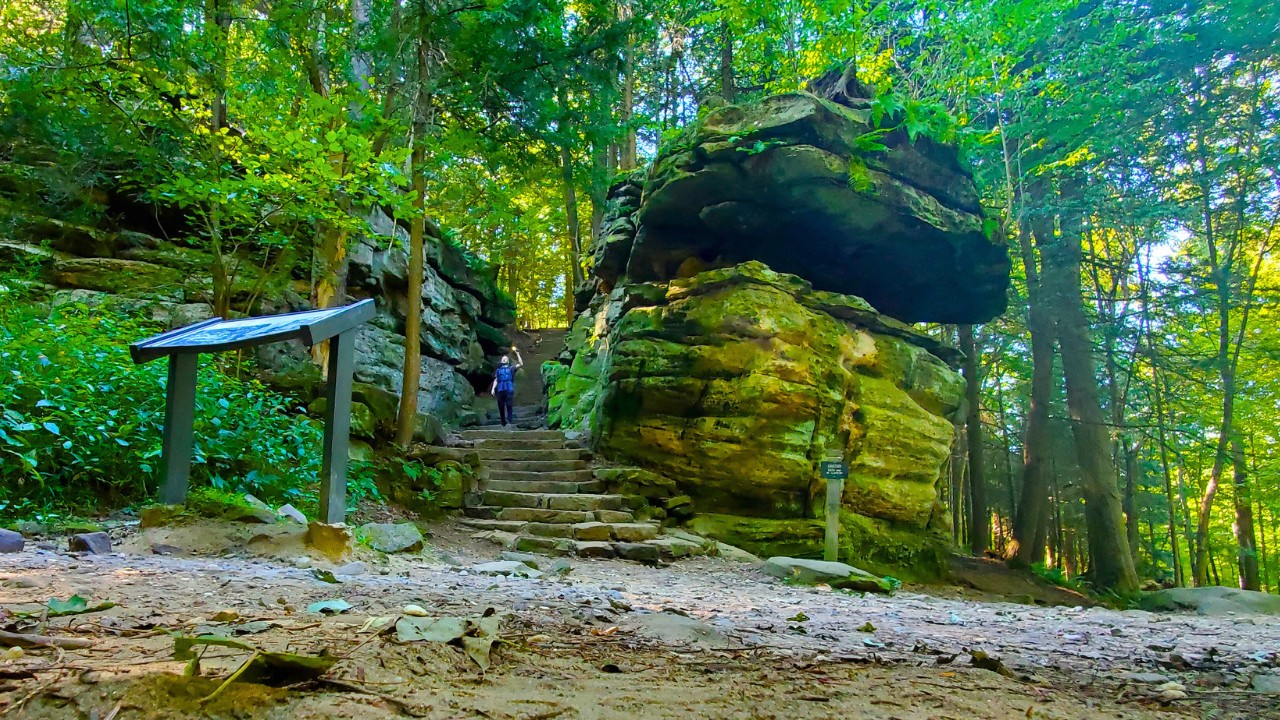
Cuyahoga Valley National Park offers a surprisingly scenic escape in the heart of the Midwest. With winding rivers, lush forests, waterfalls, and a historic canal towpath, it’s one of the most accessible and underrated national parks in the U.S. Whether you’re visiting for a quick day trip or a weekend getaway, this guide will help you make the most of your first visit.
Overview
Established as a national park in 2000, Cuyahoga Valley preserves more than 33,000 acres of natural beauty and cultural heritage. The Cuyahoga River, once heavily polluted, now winds through restored wetlands, past historic villages, and under shaded forest canopies. The park is uniquely integrated with the surrounding communities, offering both outdoor adventure and educational experiences.
Photos
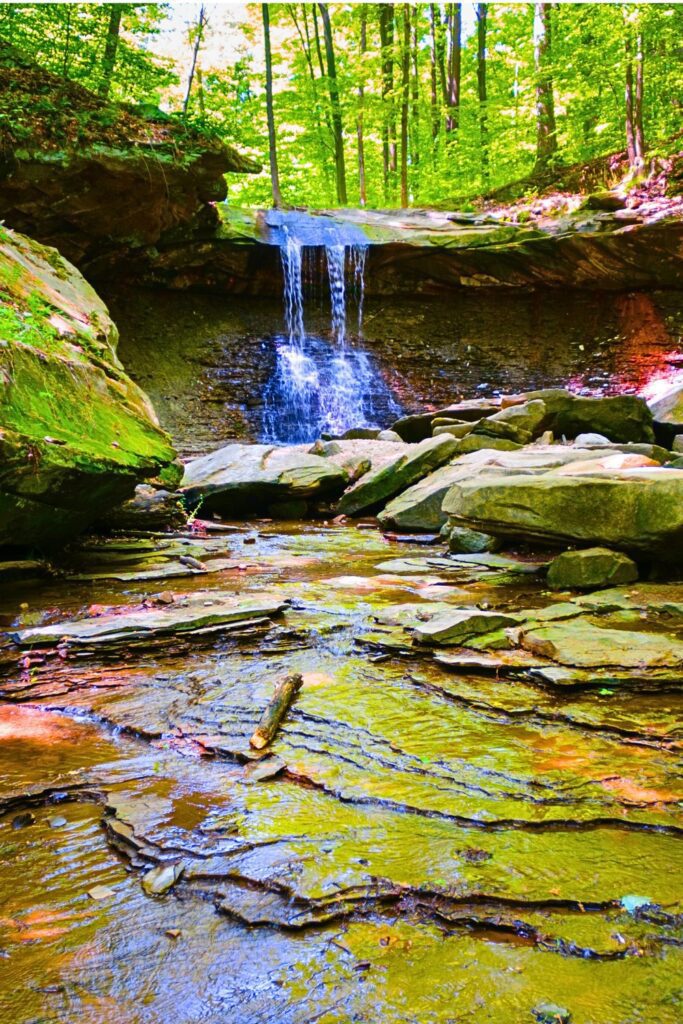

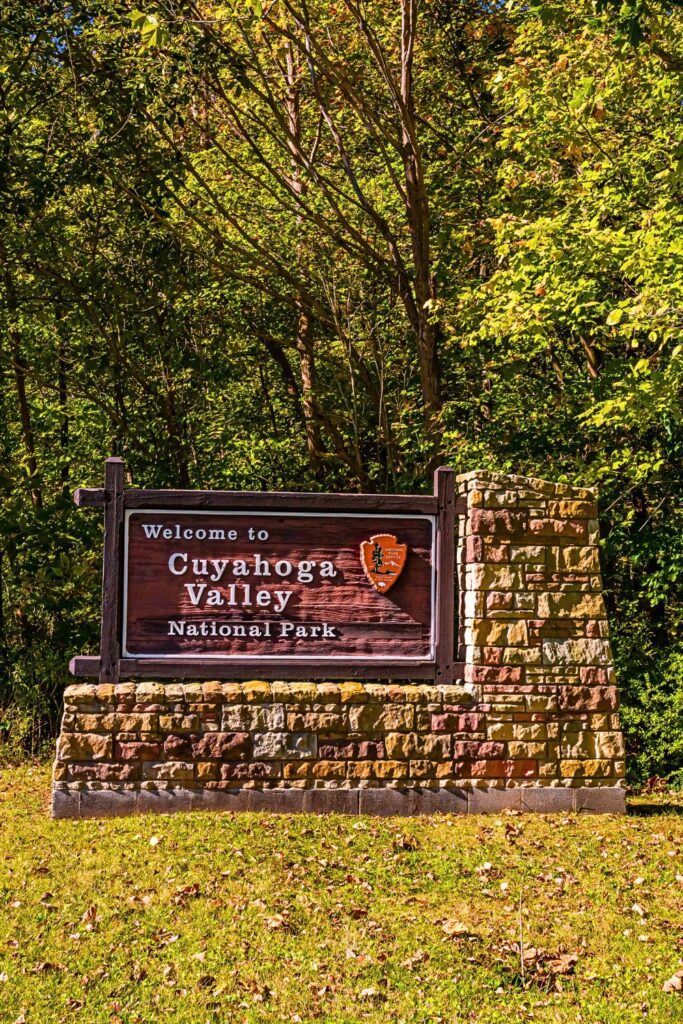
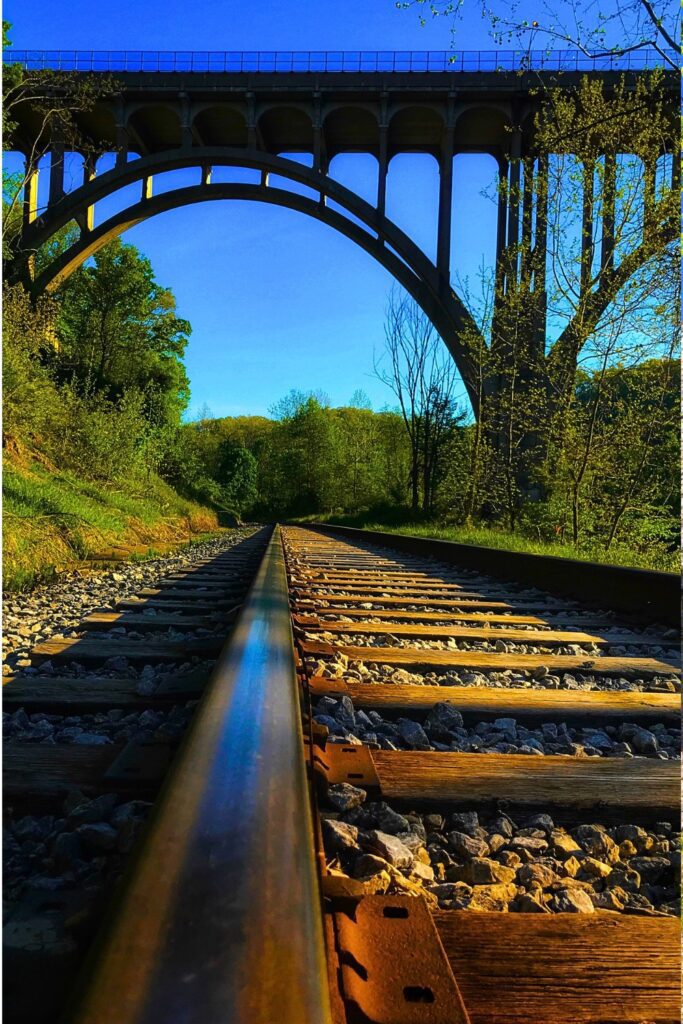
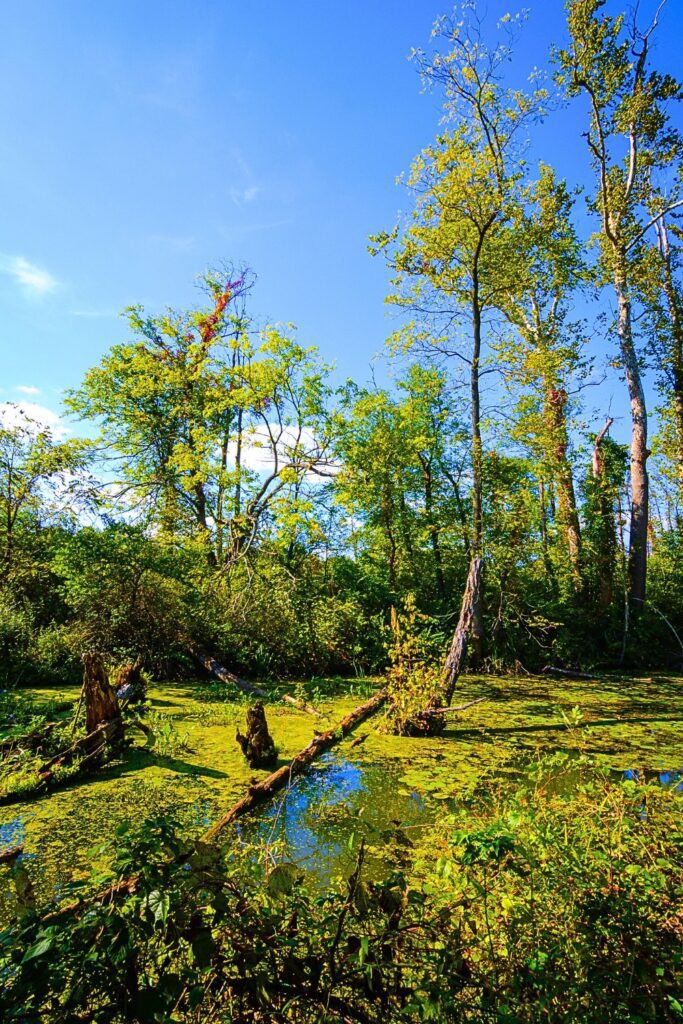
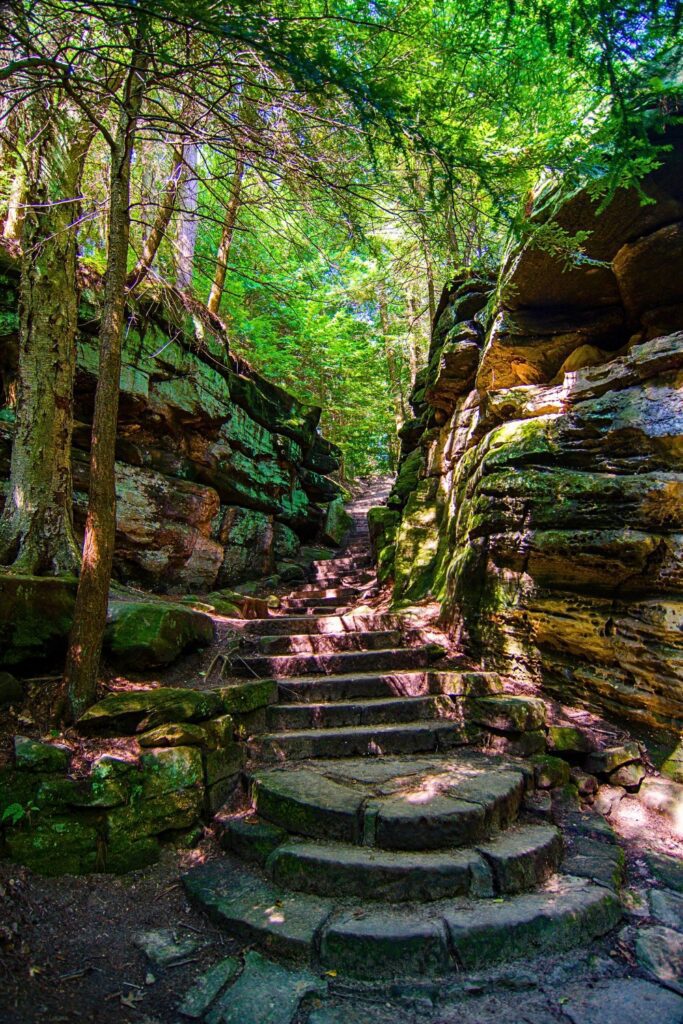
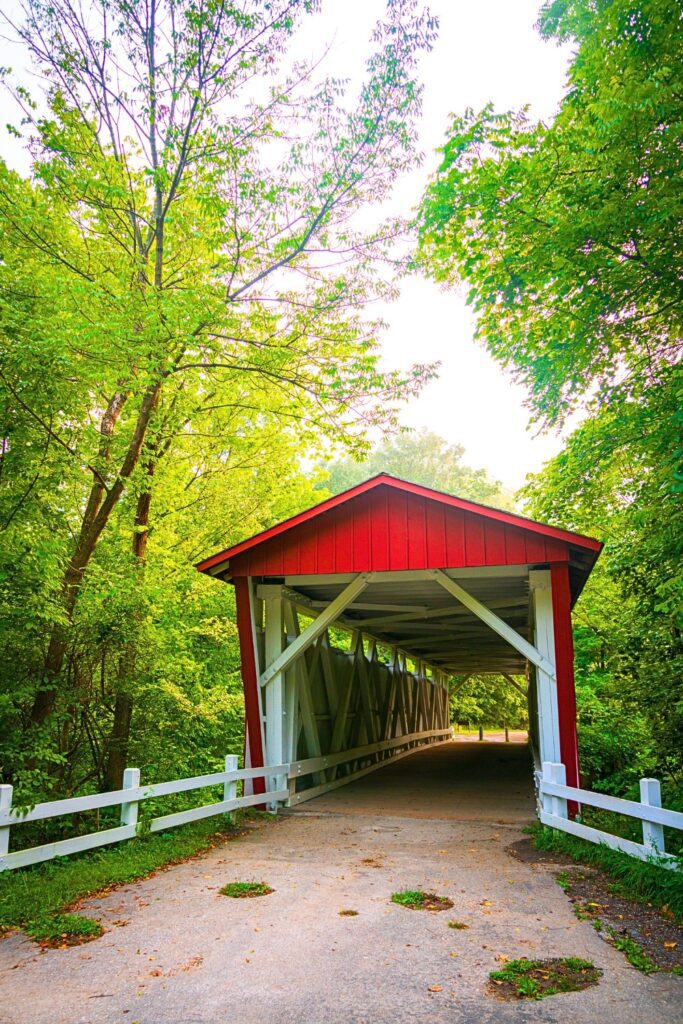

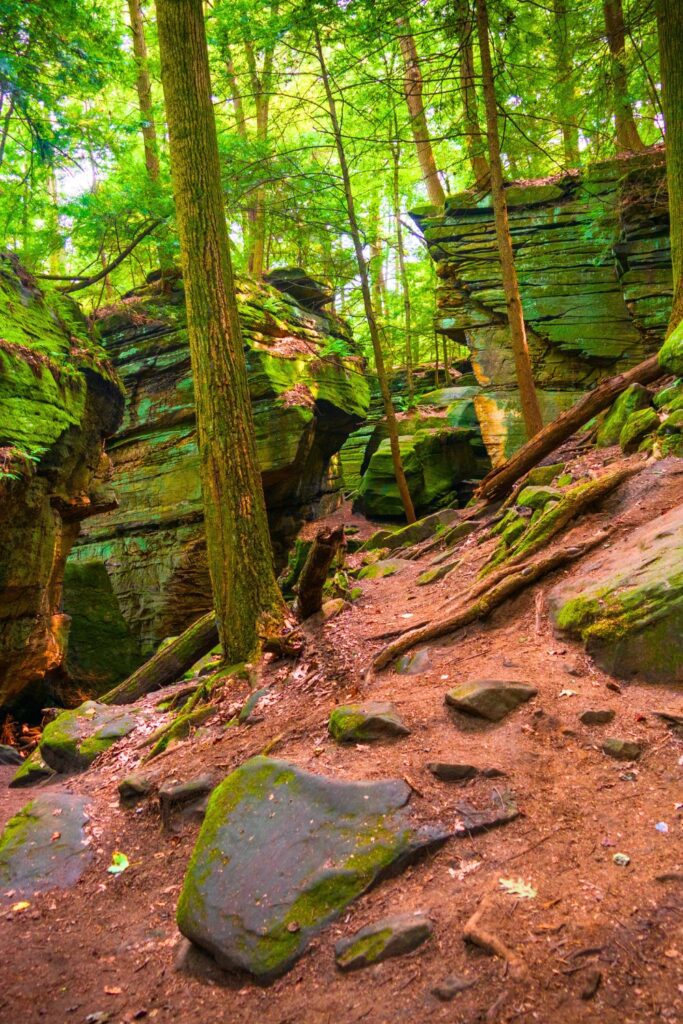
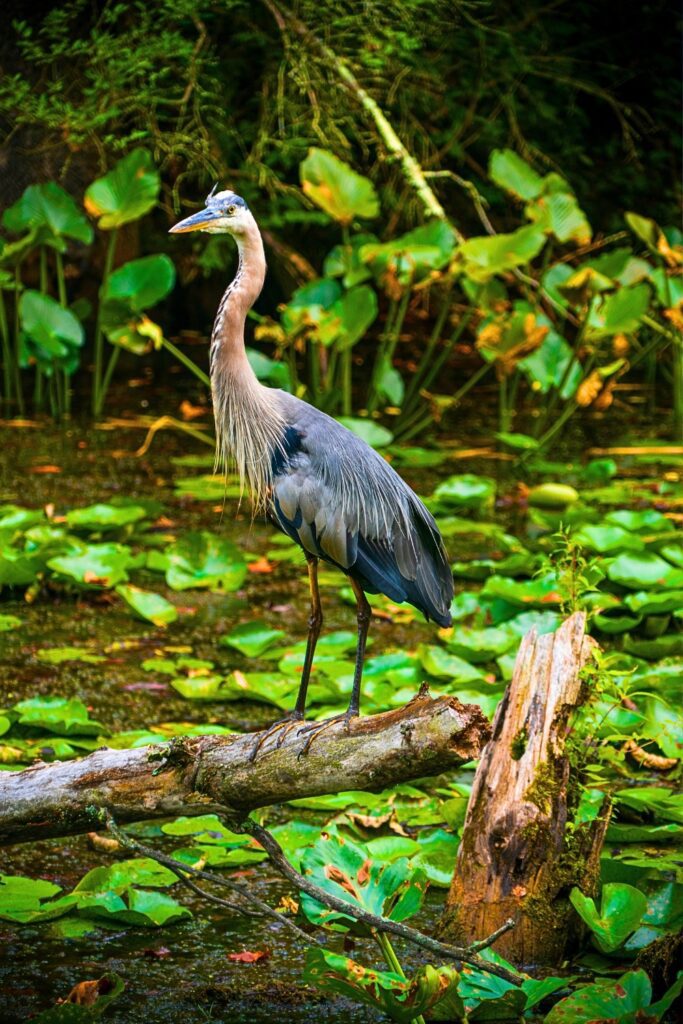
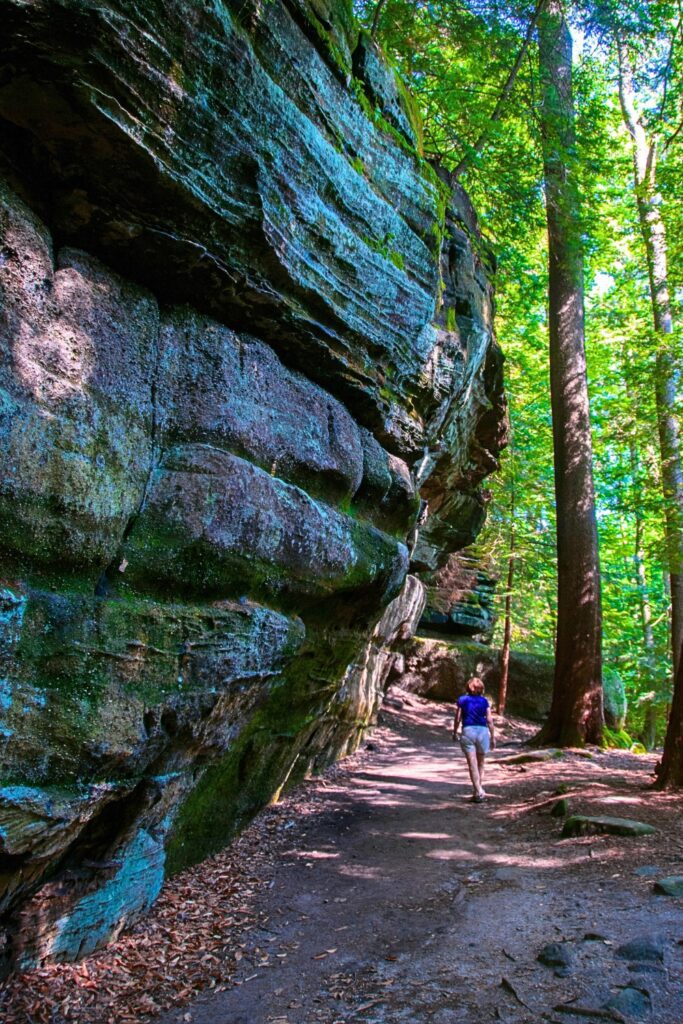
How to Get There
- By Car: The park is easily accessed via I-77, I-271, and Route 8. From Cleveland, it’s about a 30-minute drive; from Akron, just 20 minutes.
- By Plane: The nearest major airports are Cleveland Hopkins International (CLE) and Akron-Canton Airport (CAK).
- Public Transit: Limited options—having a car is the best way to explore the park.
- Cuyahoga Valley Scenic Railroad: This vintage train runs through the park and can be used for hop-on, hop-off exploring.
Best Times to Visit
- Fall (Late September to October): Peak foliage transforms the park into a painter’s palette of red, orange, and gold.
- Spring (April–May): Wildflowers bloom along trails and waterfalls flow strong.
- Summer (June–August): Perfect for biking and kayaking, but prepare for crowds.
- Winter (December–February): Great for cross-country skiing and fewer visitors.
10 Best Things to Do
The following list are the most popular things to do here, but I’d also recommend this Tripadvisor post on Cuyahoga Valley to see even more visitor recommended ideas:
- Brandywine Falls – A 65-foot waterfall that’s the park’s most iconic feature.
- Bike the Ohio & Erie Canal Towpath Trail – Flat, scenic, and perfect for all ages.
- Ride the Cuyahoga Valley Scenic Railroad – A nostalgic way to take in the scenery. The Cuyahoga Valley Railroad is a great family activity to try out in the park.
- Visit the Boston Mill Visitor Center – The best place to begin your journey.
- Explore Beaver Marsh – A reclaimed wetland teeming with wildlife and birds.
- Walk the Ledges Trail – Dramatic rock formations and sweeping views.
- Visit Hale Farm & Village – A living history museum just outside the park.
- Hike to Blue Hen Falls – A quieter but equally beautiful waterfall.
- Picnic at Kendall Lake – A peaceful spot for families or couples.
- Attend Ranger-led Programs – Learn about geology, history, and ecology.
Best Hikes (Beginner–Advanced)
Beginner:
- Brandywine Gorge Trail (1.5 miles) – Easy loop to the waterfall.
- Beaver Marsh Boardwalk (0.5 miles) – Short, flat, and full of wildlife.
Moderate:
- Ledges Trail (2.2 miles) – Loop with rock outcroppings and valley views (the Ledges Trail is the most beautiful hike in the park).
- Salt Run Trail (3.3 miles) – Forested trail with mild elevation.
Advanced:
- Buckeye Trail Section (~8 miles) – Challenging segments run through deep forest and ravines.
- Tree Farm Trail (3.2 miles) – Longer loop with mixed terrain and solitude.
5 Hidden Gems
- The Octagon Shelter Overlook: A little-known overlook near the Ledges area—perfect for sunsets.
- Ritchie Ledges Caves: Explore tucked-away crevices off the main trail.
- Jaite Mill Ruins: An old paper mill with moss-covered foundations hidden in plain sight.
- Everett Covered Bridge: The only remaining covered bridge in Summit County—beautiful and photogenic.
- Quick Road Trailhead (towpath access): Less crowded and ideal for early morning bike rides.
Packing List
You can get these on my Amazon gear store:
- Comfortable hiking shoes or trail runners
- Refillable water bottle or hydration pack
- Bug spray (especially in summer)
- Daypack for snacks, sunscreen, and layers
- Binoculars for birding at Beaver Marsh
- Camera or phone with extra battery
- Map or downloaded trail app (cell service is limited in some areas)
Where to Stay
Inside and near the Park: See options
Things to Know Before You Go
- No entrance fee. Cuyahoga Valley is one of the few national parks that’s free year-round.
- Cell service can be spotty, especially in wooded areas, download maps in advance.
- Check train schedules for the Cuyahoga Valley Scenic Railroad ahead of time.
- Pets are allowed on most trails but must be on a leash.
- Weather changes quickly so bring rain gear even if skies are clear.
Related
Final Thoughts
Cuyahoga Valley National Park may not have the towering peaks of the Rockies or the vast deserts of the Southwest, but it offers a deeply peaceful and immersive nature experience right in the heart of Ohio. It’s a place where history and nature meet, where waterfalls flow beside old railways and where every trail offers a surprise. Whether you’re hiking the ledges, biking the towpath, or simply relaxing by the river, your first trip here won’t be your last.

I hike CVNP regularly, and it is truly a hidden gem. Lesser known trails are Blue Hen Falls and Buttermilk Falls, both of which you can get to in one hike. Believe it or not, winter is also a great time to Hike there (cleats recommended on hilly trails, especially Blue Hen). All of the falls are gorgeous when frozen over, and the many pine and hemlock groves are stunning when covered in snow.
Terry you rock! Thanks so much for sharing these other trails/attractions in Cuyahoga Valley!
The only thing I want to add is a recommendation for Tinker’s Gorge in the north area of the park. It has some spectacular views. You’d have to drive there from the areas listed here, though, as the park is scattered around the area.
Thanks for mentioning the gorge! I took a look at the pictures and they seem pretty nice 🙂